If Congress can pull off a Hail Mary pass for legislation that benefits hunters and anglers in the remaining weeks of 2018, here are the bills we want to see land on the president’s desk
Now that Election Day has come and gone, there may be as little as three weeks of worktime left in the 115th Congress—and that means we have one last window to finalize top legislative priorities for habitat, clean water, sportsmen’s access, and conservation funding. It’s important to note that bills written, introduced, debated, and passed this Congress will head back to square one at the start of a new session on January 4, 2019.
Time is short, but it isn’t over ‘til it’s over.
Fortunately there’s already support from both sides of the aisle on crucial legislation to enhance habitat conservation and sportsmen’s access on public lands. And Congress has the opportunity to put these priorities to bed so that 2019 can be spent making more progress for conservation, not making up for lost time.
These are the seven bipartisan, ready-to-vote pieces of legislation they’ll need to carry across the finish line during the lame duck session to make that happen.
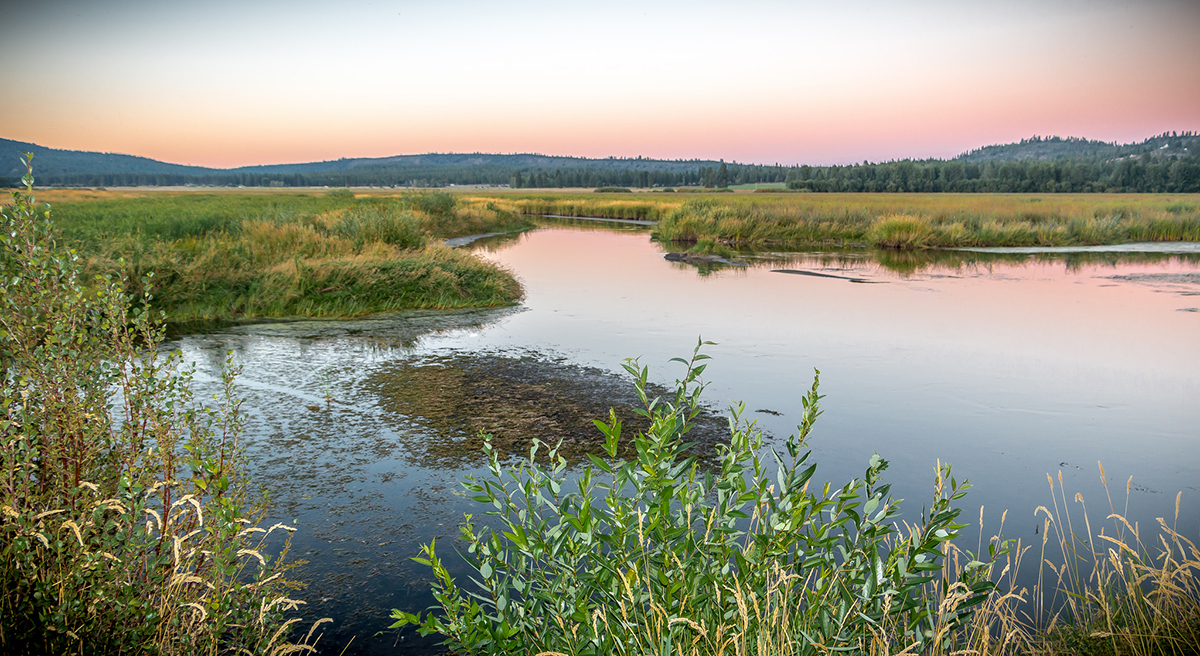
HELP for Wildlife Act
Benefits for wetlands, water quality, fishing access
Last move: Passed out of Senate committee
The Hunting Heritage and Environmental Legacy Preservation for Wildlife Act, or HELP for Wildlife Act, is one of the strongest pieces of legislation for habitat conservation to emerge in decades—and one of the most meaningful things Congress could get done in the waning days of 2018.
Introduced and passed out of the Senate Environment and Public Works Committee with broad bipartisan support in October 2017, this legislation includes reauthorization for the North American Wetlands Conservation Act, the National Fish and Wildlife Foundation, and the Chesapeake Bay restoration program through 2022. Additionally, the bill contains the National Fish Habitat Conservation Act, which would improve fish habitat and expand recreational fishing access. These provisions have made it this far before, only to be left behind as Congress wraps. It’s time to get them done.
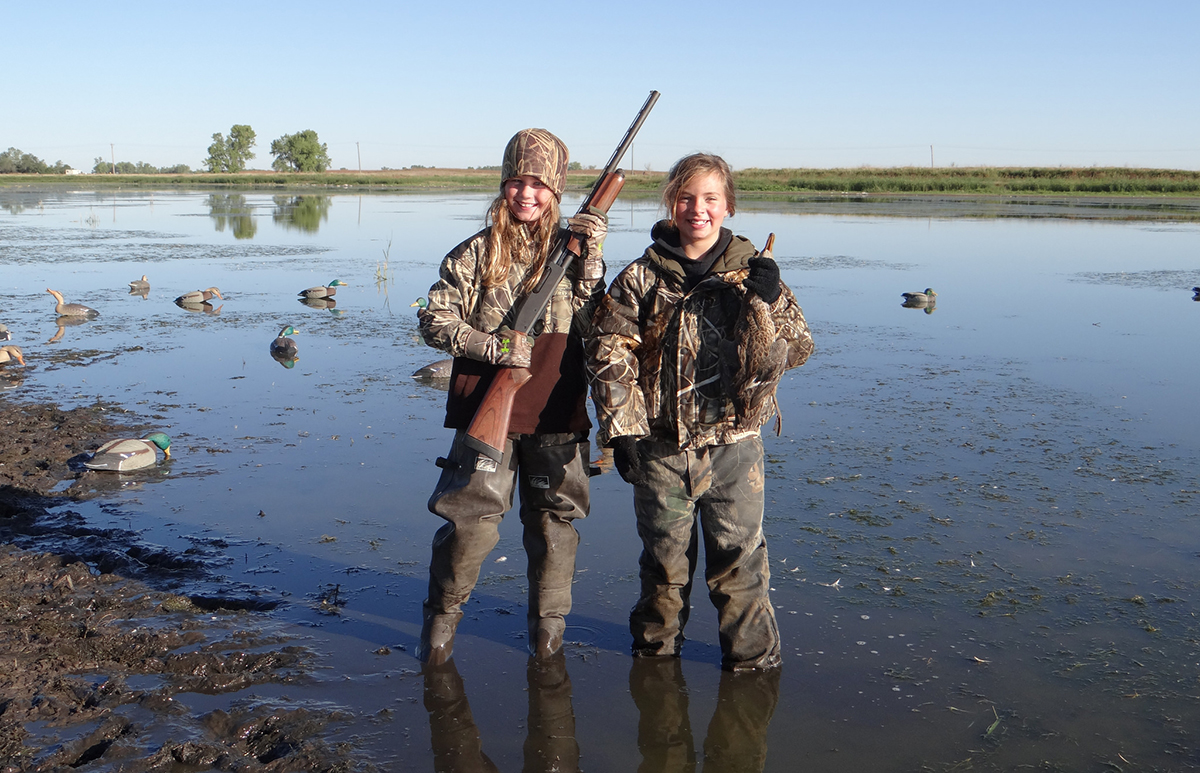
Pittman-Robertson Modernization
Benefits for conservation funding and swelling our ranks
Last move: Passed unanimously in the House and referred to the Senate
Another key sportsmen’s priority is the Modernizing the Pittman-Robertson Fund for Tomorrow’s Needs Act of 2017, which would help address the decline in hunter participation that has wildlife professionals worried for the future of conservation funding.
The original Pittman-Robertson Act is the foundation of our unique wildlife conservation funding framework, where excise taxes on the purchase of firearms, ammunition, and other hunting gear go toward funding state-level wildlife conservation work. Modernizing Pittman-Robertson would allow a percentage of funds to be used for activities related to the recruitment, retention, and reactivation of hunters and recreational shooters, thereby improving the trust fund’s ability to support our state wildlife agencies.
This is bipartisan legislation that has already passed in the House and should definitely be in the mix if lawmakers want to be part of a long-term solution for boosting conservation coffers.
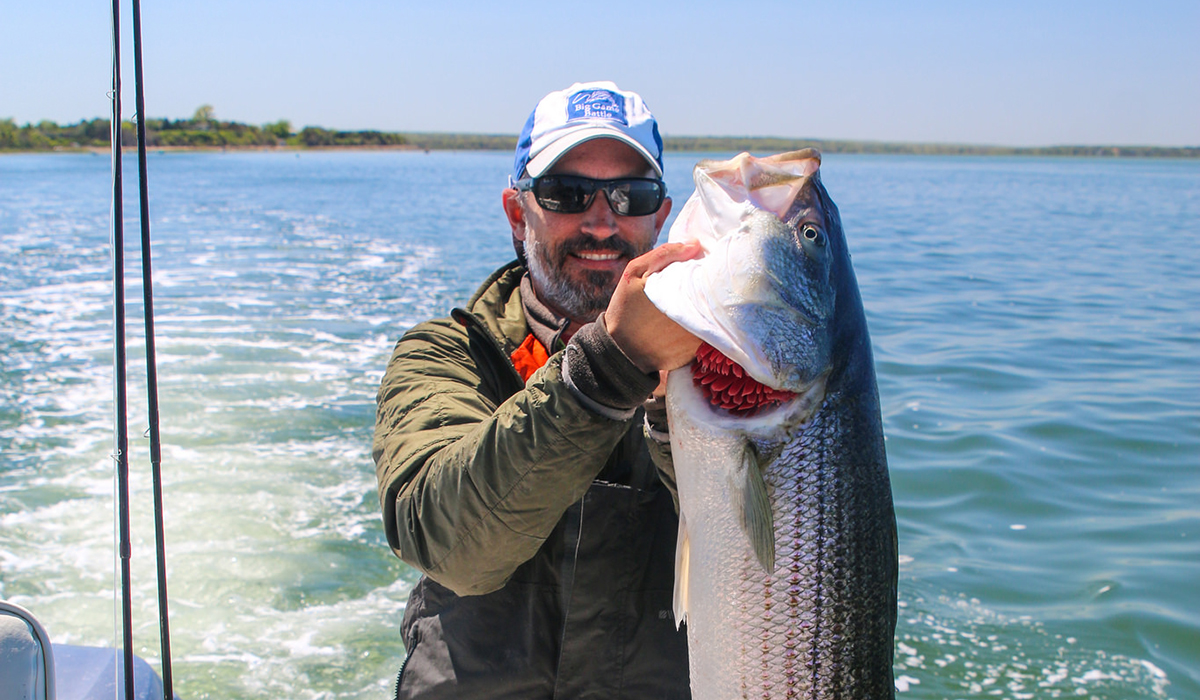
Modern Fish Act
Benefits for recreational fisheries and forage fish
Last move: Passed out of Senate committee and House this summer
The Modern Fish Act addresses many of the challenges faced by recreational anglers and represents the fishing community’s practical wishlist for updating fisheries management and data collection. The bill aims to benefit fishing access and conservation by allowing science and technology to guide decision-making, all while placing a higher priority on the needs of anglers.
We have been operating within a system designed to manage commercial fishing for too long—our coastal economies deserve to see us build upon the bipartisan support for MFA, not head back to the drawing board in January.
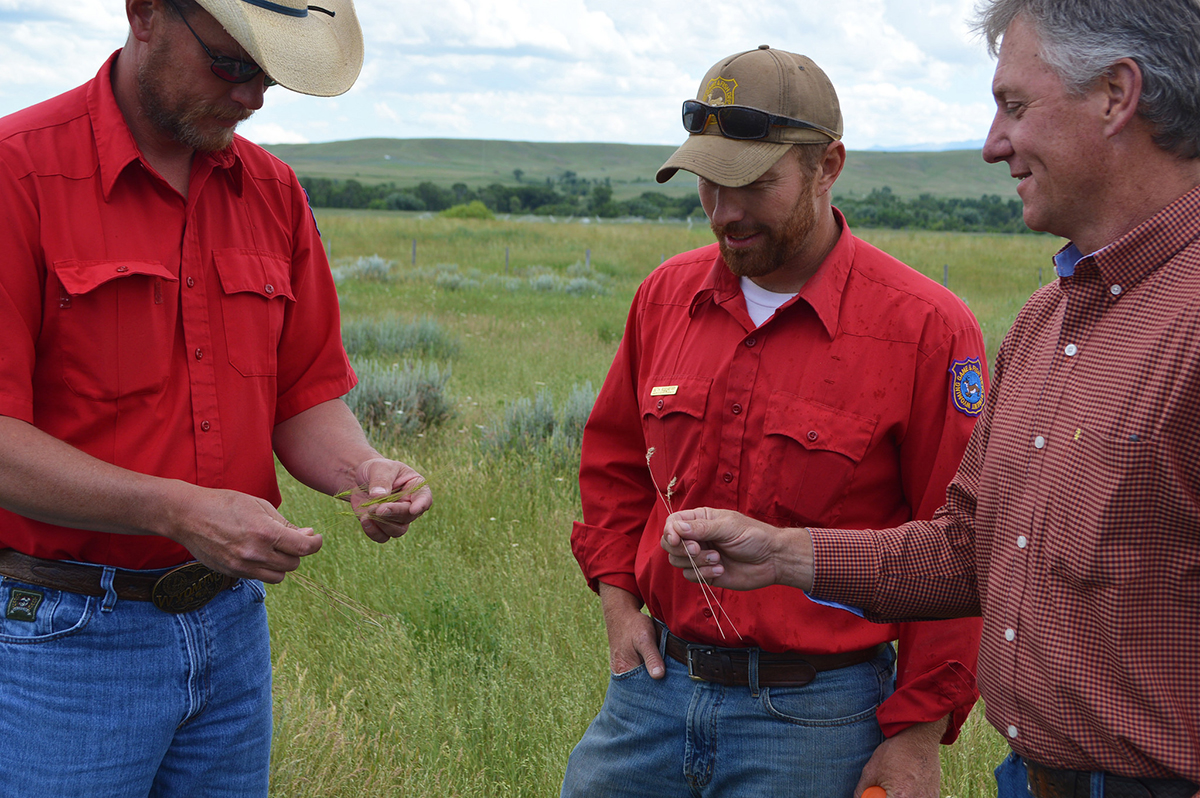
WILD Act
Benefits for habitat on private land
Last move: Passed unanimously in the Senate, introduced in the House
The Wildlife Innovation and Longevity Driver Act, or WILD Act, would reauthorize the Partners for Fish and Wildlife Program, a critical initiative to assist private landowners who want to voluntarily restore habitat on their lands, for the next five years. The program also establishes a series of Theodore Roosevelt Genius Prizes to help prevent poaching, promote wildlife conservation, manage invasive species, and conserve endangered species.
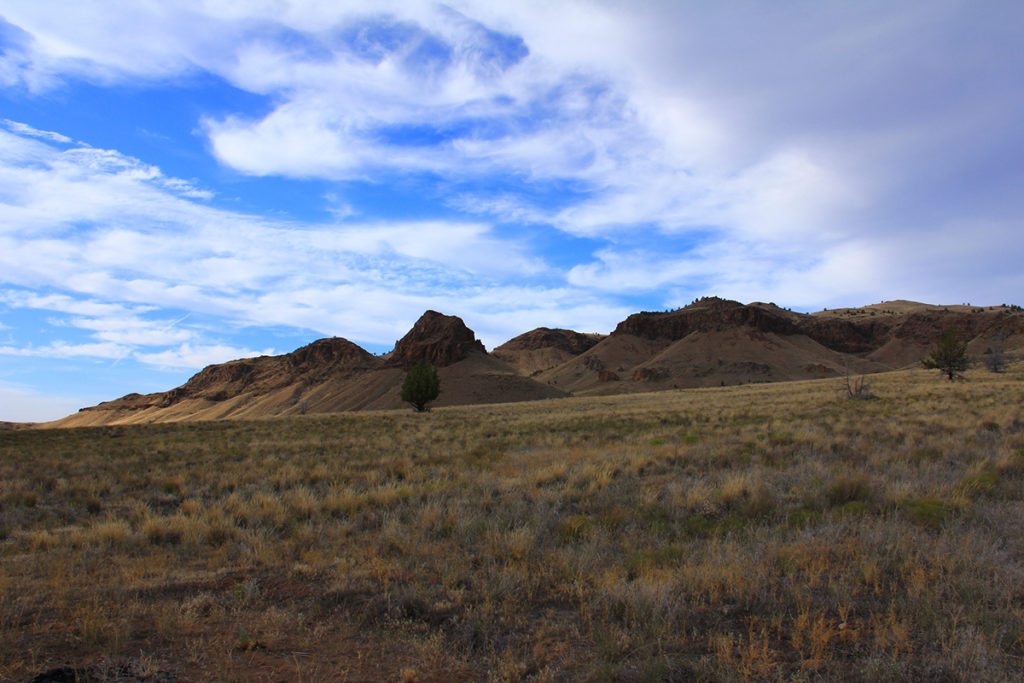
The Land and Water Conservation Fund
Benefits for unlocking landlocked public lands
Last move: Passed out of House committee
This program has become a household name among outdoor recreation enthusiasts—and for good reason. The Land and Water Conservation Fund is a critical tool for conserving habitat and opening access to public lands, but Congress allowed the LWCF to expire on September 30.
Even though the LWCF doesn’t use a single taxpayer dollar—it’s funded from a portion of offshore oil and gas fees—the program has rarely been funded to its full potential and short-term authorization cycles create uncertainty for proposed outdoor recreation projects. While majorities in both chambers currently support permanent reauthorization and full funding, the ultimate length and funding levels are matters of continued negotiation.
Still, bipartisan legislation to save LWCF has broad support in both chambers and could easily pass today. We’d be excited to see this program put to work on the 9.52 million acres of landlocked public land across the West with no permanent legal access. Take action to let your lawmakers know.
ACE Act
Benefits for states with landlocked public lands
Last move: Introduced in both the House and Senate
Sportsmen have been advocating for several bills that would fit well in a comprehensive public lands package by the end of the year. One of them, the Advancing Conservation and Education, or ACE, Act, would improve the quality of public lands and allow Western states to generate more revenue for state land-trust beneficiaries, such as schools.
ACE would facilitate land-swaps to unlock state lands entirely surrounded by federal lands, or vice versa. In both cases, these swaps are designed to improve land management in the West by streamlining jurisdiction over land parcels. (Imagine how hard it would be to manage upkeep and improvements on your land if you had to cross someone else’s property to do it.)
This bill enjoys bipartisan support from Western lawmakers who oversee a complicated mosaic of public, state, and private land. And since ACE is a winner when it comes to improving public lands management, it’s a strong candidate for inclusion in a package alongside permanent authorization and full funding for LWCF.

Chronic Wasting Disease Study Act
Benefits for wild big game herds
Last move: Introduced in the House
It’s difficult to overstate the threat that chronic wasting disease poses to the future of deer and elk hunting in America or the conservation funding generated by this powerful segment of the sportsman population. Though additional solutions must be proposed soon, legislation introduced in the House this year would kick start one critical component of a nationwide response to the rapid spread of CWD.
The bill directs the National Academy of Sciences to conduct a study on how CWD is transmitted between wild, captive, and farmed deer in the United States. The aim would be to identify factors that contribute to the spread of the disease and where the deeper focus of research should be. The bill also calls for a review of the best practices and standards around managing CWD in both captive and wild deer, resulting in a report of findings and recommendations.
A Senate companion bill could be introduced any day, and support for both will be crucial. But if these bills can’t cross the finish line this year, we hope they at least indicate strong interest in continuing to create solutions for curbing the spread of CWD. Our wild deer and elk herds are depending on it.

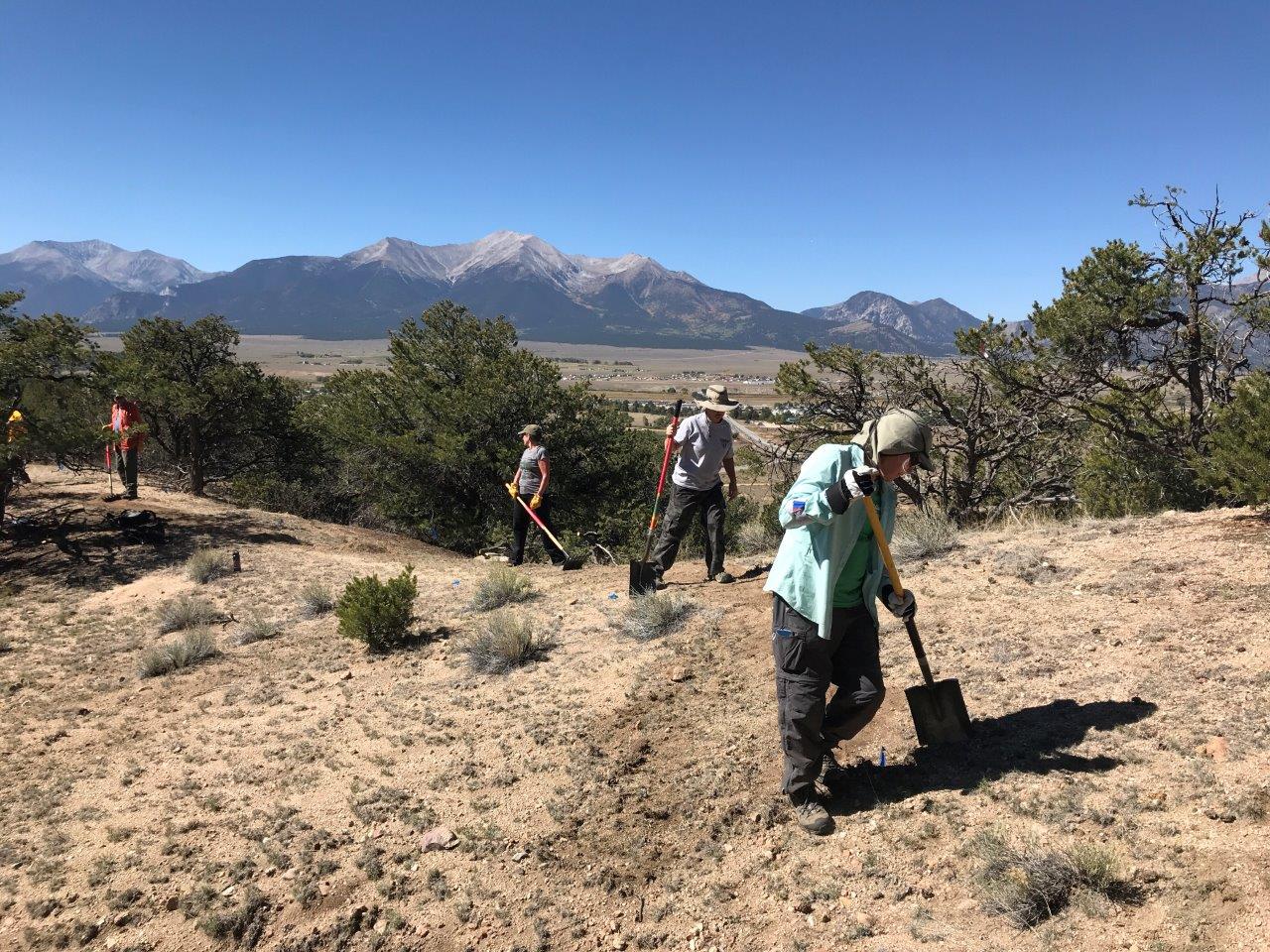
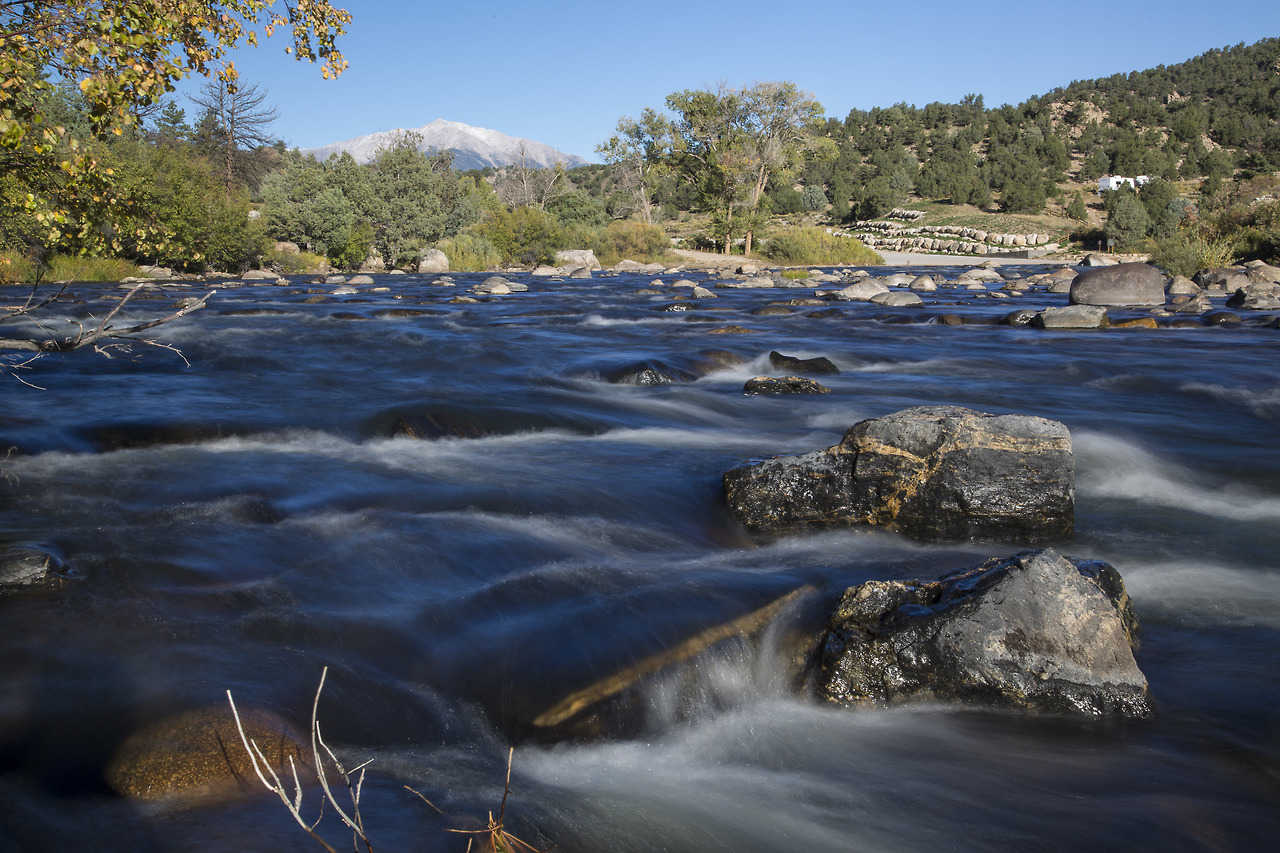
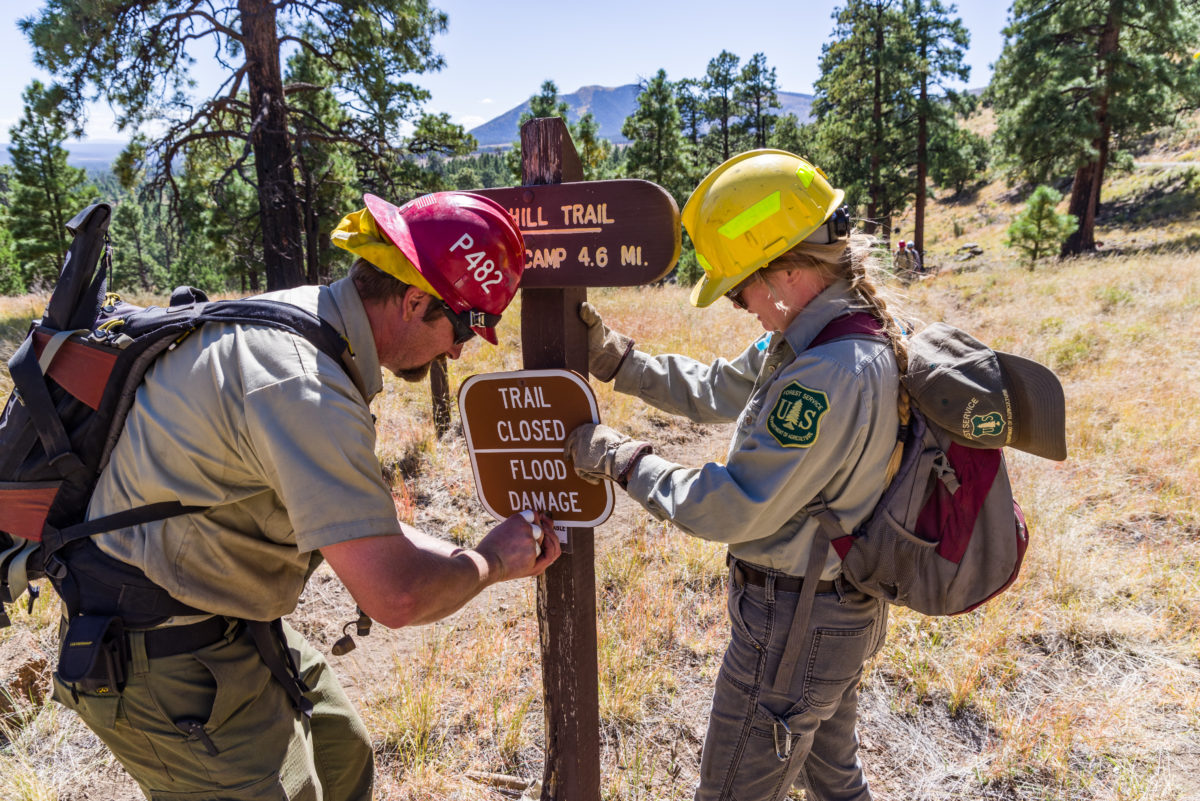
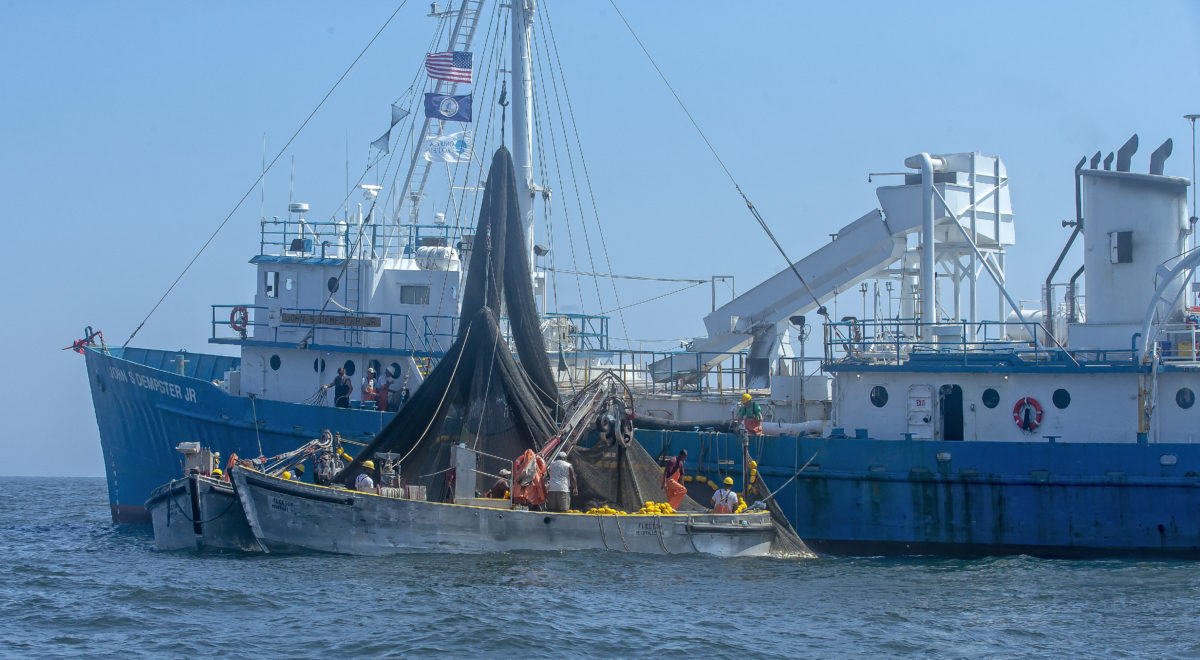




Great ideas. These are all needed
These bills are the basic 7 bills that really need to pass in November & December 2018. We really need your help!
Thank you, Doug Smentkowski
Where is the Restoring America’s Wildlife Act on your priority list? There is actually wildlife other than hunted and fished species and real needs applicable to them. Or is TRCP just another hook and bullet outfit with a limited vision?
This looks like a list of bills that have a reasonable chance of passing during the short time left in this session, not a comprehensive list of conservation legislation. RAWA hasn’t left committee yet.
Must be a Democrat
Actions that support game species also benefit the ecosystem.
As a nonhunter AND a supporter of TRCP I can say without question that TRCP is most definitely NOT “just another hook and bullet outfit with a limited vision” as you unfairly suggest. Just a casual perusal of its archives makes that abundantly clear. Also, as a conservation professional I’ve spent the last twenty years doing all I can to bring together ALL outdoorspersons to support clean water, protected habitats, better public access and science as THE deciding factor in conservation management. We do our shared concerns no favor when we snipe at each other for whatever reason(s). Look, I’m also a longtime DU member even though I’ve never hunted waterfowl. Why? because DU protects wetlands. Period. They buy them, restore them, manage them, sometimes pass them on the state and provincial wildlife agencies. The late John Sawhill, CEO of The Nature Conservancy once told me that when all people who love the outdoors and wild places stand together, they are an unstoppable force for conservation. Let’s face it: “Conservation” and “Environmental” go together like “Liberty” and “Freedom”.
Excellent job, TRCP! Now we need to work on getting the salmon and steelhead runs of the Snake river/Columbia river system on that list and back to good health. Formerly the biggest runs in the U.S., they have dwindled in large part because of political inaction. While politicians pretend the status quo is healthy (yet only FOUR endangered sockeye salmon made it to Idaho this year!), and they waste BILLIONS of tax dollars subsidizing a barge system around the obsolete lower Snake river dams, the fish runs are on life support. Idaho has announced they are closing fishing for steelhead, which will devastate river communities’ economies. All to pretend that the lower Snake dams still provide enough value to justify the deadly toll they take on salmon and steelhead runs. Our Northwest politicians refuse to even talk about the issue. We really need TRCP and conservation-minded politicians to step up and help spread the word! The American Fisheries Society agrees with us. So does the Idaho Statesman and a great many sportsmen! Thank you!